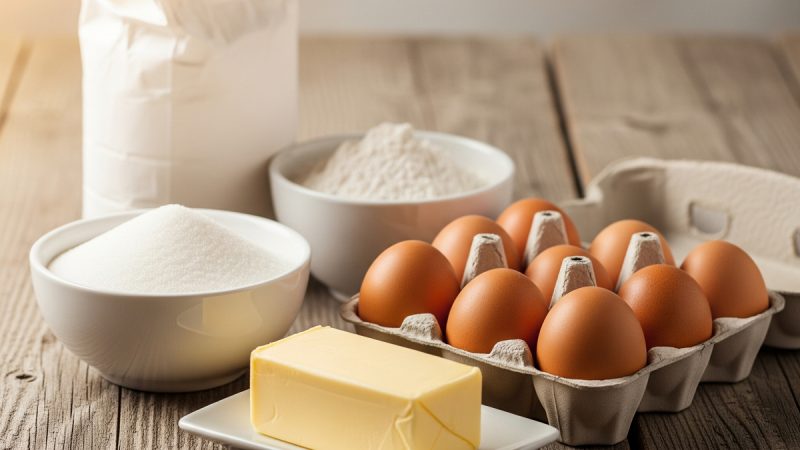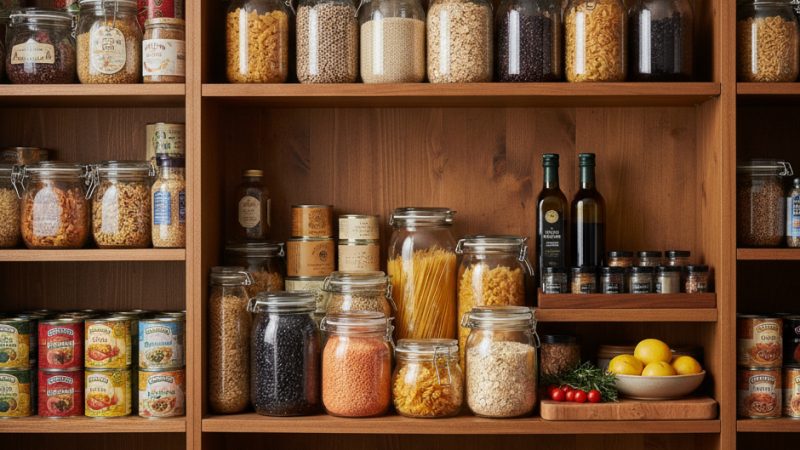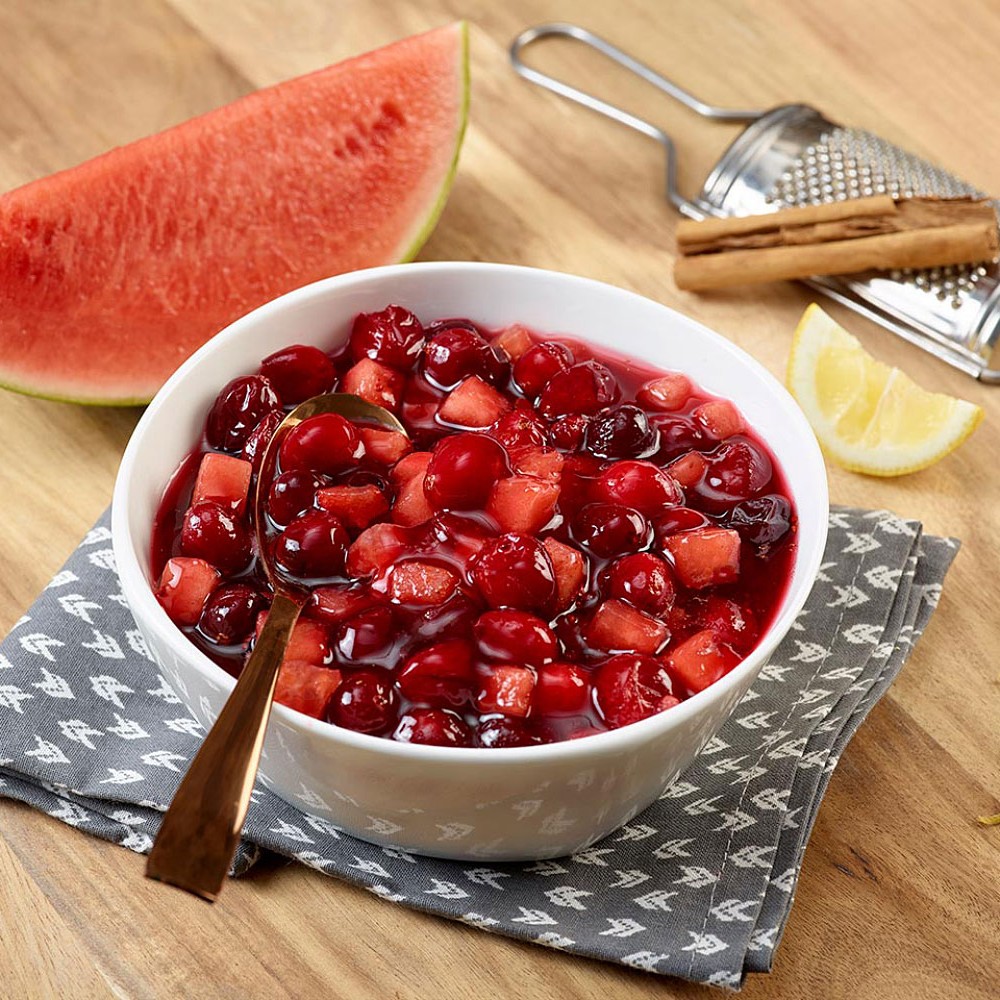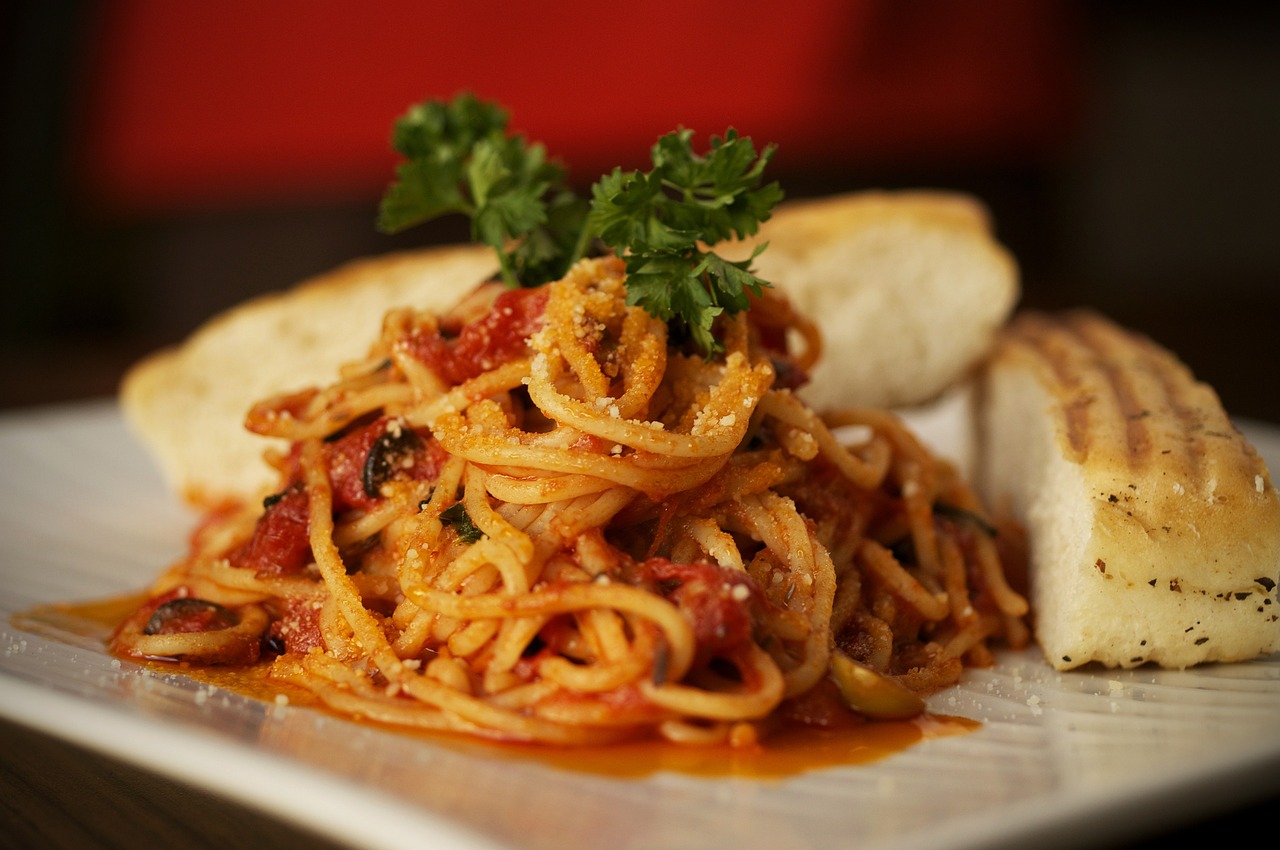The Substitutes of Cornstarch
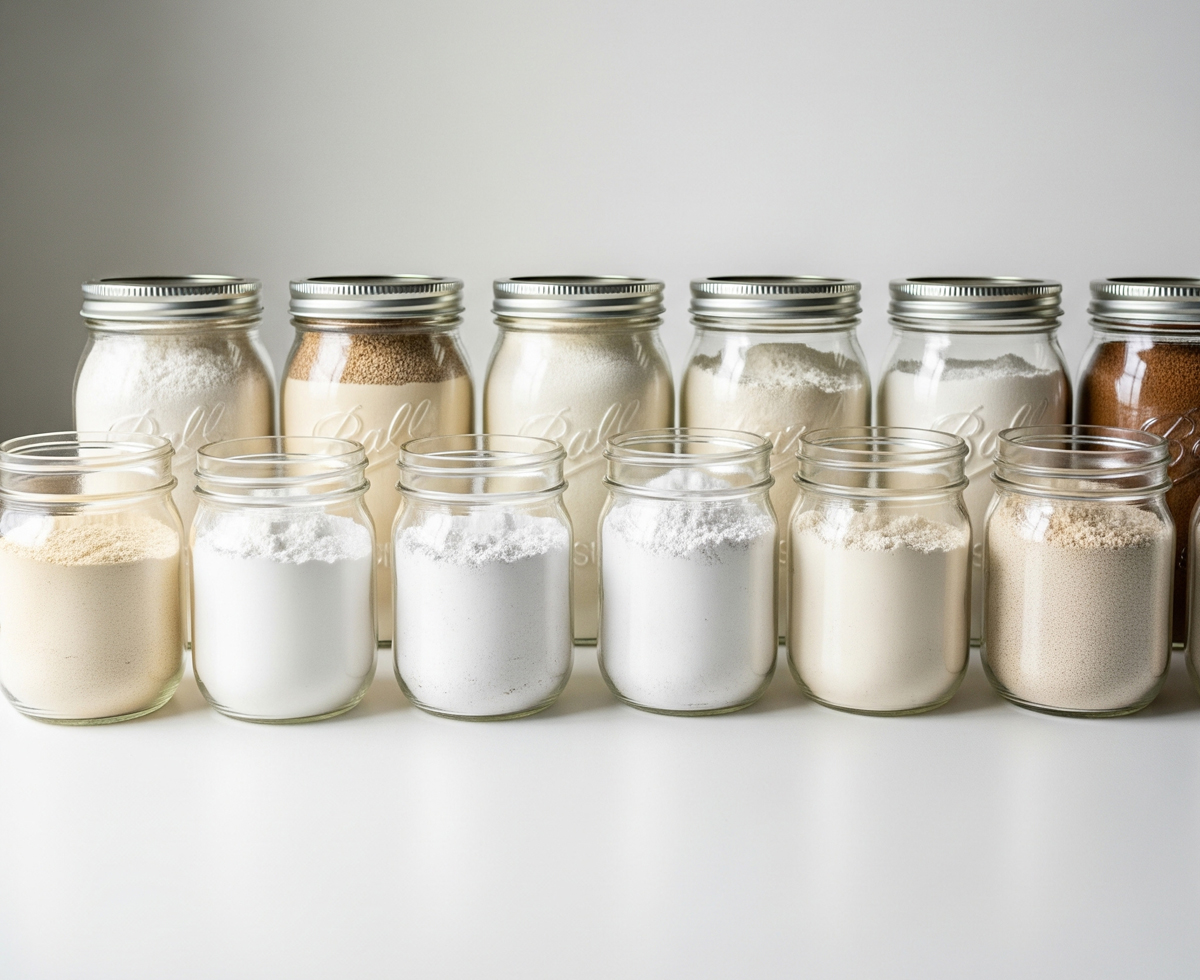
Cornstarch substitutes are easy to lay your hands upon and can produce similar effects like that of cornstarch, if used with discretion.
Cornstarch is profusely used while baking and is used widely in daily use products, such as soaps, cosmetics, sauces and even iodized salt. Cornstarch itself is one of the primary ingredients in one of the baking powder substitute mixtures. In fact, people use a cornstarch substitute for eggs in some recipes by adding a tablespoon of cornstarch with 3 tablespoons of water for every egg that a particular recipe involving baking calls for. However, a lot of people are particularly allergic to cornstarch in any form. Then the need to dig up a suitable cornstarch stand-in does arise, as one cannot really live without soups, cakes and other food delights in life. Cornstarch also happens to have a very high carbohydrates quotient, with only a tablespoon of cornstarch containing up to 7.4g of carbs with 0% dietary fibers. Naturally, weight conscious people would instinctively opt for healthier substitutes. So, here are some viable cornstarch substitutes for you.
Alternatives for Cornstarch
All-purpose Flour:
For a single tablespoon of cornstarch, you can use 2 tablespoons of all-purpose flour. However, you need to keep in mind that flour has a starchy aroma like cornflour. So, you need to continue simmering the broth for another 4 – 5 minutes, after the thickening process, so as to do away with this inherent taste of flour, that might otherwise affect the final taste of the broth. Also, keep in mind that flour, unlike cornstarch, does not give that glazed, semitransparent finish to your dishes, instead giving them a cloudy, almost opaque look. Lastly, just like cornstarch, flour has a tendency to become thin again if you cook it more than necessary. So make sure that you blend it with any liquid specified in the recipe in 2:1 ratio. Remember, the liquid should be chilled and the amount of the flour doubled. But do not follow this in case you are churning out a mixture of fat and flour (as a base for a sauce) called roux. Use dry flour for this purpose. Also, gravies thickened with flour tend to disintegrate when placed in the fridge as they are not compatible with very cold temperatures.
Arrowroot Flour:
Named after its power to heal poisoned arrow bruises, this white powder is actually extracted from the root-stalk of West Indian perennial herbs of the same name. 1 tablespoon of this can be a cornstarch substitute for an equal amount of cornstarch. Arrowroot has a lot of advantages over cornstarch, starting from the fact that it has no innate aroma at all, so it makes for a natural choice when it comes to thickening delicacies with light-flavors. Also, arrowroot not only gives your dish a glimmering translucent finish but also successfully stands refrigeration. It makes for a perfect thickener for custards and condiments which have an egg-base, which in turn cannot withstand a lot of heat since it thickens in a jiffy (say in about 5 seconds) and that too at very low temperatures. Moreover, where cornstarch becomes impuissant when mingled with anything acidic, arrowroot comes to the rescue and thickens acidic concoctions easily. Gluten-free and rich in folates, which cater to cell growth and reproduction, arrowroot is also an ideal substitute for wheat flour when it comes to baking. So, other than the fact that arrowroot is a bad choice when it comes to sauces with diary-bases as it renders them gooey, and is more expensive than all other food thickeners, this cornstarch substitute, called araruta in Native American, is a very good choice over cornstarch as it can even withstand overcooking. Remember to always store it in air-tight containers and never keep it for more than a couple of months, as arrowroot loses its thickening potency as it gains on age. Also, while using it, commingle about a tablespoon of cold water with 1.5 teaspoons of arrowroot. Then add this to the heated liquid, which has to be inspissated, after about 30 seconds and blend well. In fact, do this for all starch thickeners in order to avoid the formation of lumps. Find out more on this in arrowroot vs. cornstarch.
Kuzu
Kuzu gives soups and stews the perfect consistency and keeps them from becoming runny or overtly gelatinous. Besides these thickening purposes, kuzu can also be used as coating for items to be deep-fried. It renders items like fish, shrimp, chicken chunks, or veggies light and crispy when used for this purpose. Thus, kuzu is actually a much better alternative for cornstarch than cornstarch itself. All you have to do is store this product in air-tight bottle, grind the kuzu chunks that are available in the market and then use about 2 tablespoons for each cup of the food item that requires a slightly thick consistency and 1.5 tablespoons for each cup of gravy or condiment. As a rule, remember to completely dissolve the entire amount of kuzu in cold water, before mixing it with anything that is hot. On addition to the dish being cooked, remember to keep stirring the concoction until the item being cooked starts to simmer. On thickening, the kuzu will become colorless and translucent.
Rice or Potato Flour:
These flours can be used in dishes which need some amount of freezing after preparation, as they do not degenerate in cold conditions but again, cannot stand overcooking and become thin in such cases. They are also not the most viable options when cooking in a hurry, as they take a relatively higher period of time to thicken a dish. Since, both rice and potato flours have absolutely no gluten and do not, therefore, cause digestive irritations, they can actually substitute wheat flour, like arrowroot. Potato flour is often used in packaged scraped cheese to prevent it from sweating and binding up. This flour is also one of the food ingredients permissible to be consumed during the holy occasion of Passover. Rice flour is extracted from both the white and brown varieties of rice. 1 tablespoon of cornstarch can be substituted with an equal amount of rice or potato flour. However, a word of caution – potato flour is produced in bulk and in order to speed up the extraction process, large amounts of chemicals are used. This option is therefore not an organic option.
Tapioca:
4 teaspoons of quick-cooking tapioca or 2 tablespoons of grainy tapioca can easily substitute for a single tablespoon of cornstarch. This substitute for cornstarch is the best choice for dishes that require chilling, unlike cornstarch which tends to coagulate when refrigerated. It is also grand for making high-acidic pie fillings (e.g., cherries) thick. Also, tapioca gives that sheeny finesse to any dish, unlike flour. It also saves a lot of energy, given the fact that it can gel at relatively lower temperatures and provides you with the opportunity to make changes in sauces pre-serving. However, avoid cooking it for too long as this doesn’t stand overcooking at all.
Water Chestnut Flour:
Also known as water chestnut powder or starch, this Asian ingredient is obtained from water chestnuts, and, therefore, must not be confused with chestnut flour that is produced from the chestnuts found in trees. This cornstarch substitute can be used to add body to condiments. It usually gives a very satisfactory glossy look to your dish. Water chestnut flour has a grayish appearance and a coarse texture; however, the product available in supermarkets is usually finely ground. This cornstarch alternative can be stored in the refrigerator in an air-tight jar for up to 10 – 12 months. One can use the product immediately after taking it out from the fridge, but note that you need to blend this particular variety of flour with water for a longer duration of time, as compared to cornstarch. Water chestnut flour is the best thickening option for Asian delicacies. Besides that, you can also use it for coating food items to be deep-fried, for that added crisp.
Low-carb Cornstarch Substitutes
Konjac Glucomanan:
This non-glutinous, zero calorie, non-gelatinous flour can be stored for a very long time, provided it is protected from moisture. Having a thickening power that supersedes the power of cornstarch by at least ten times, konjac flour Konjac Gum gives a glistening finish to dishes, especially to continental delicacies. Ideal for making dessert recipes like custards, pies, as well as gravies and glazed condiments. With no sugar and almost undetectable taste, it is a good choice when making savory sauces. Also, since it is a completely water-soluble fiber, konjac actually had positive effects on insulin and lipid levels of a person. However, do not use it directly in a hot solution as it then lumps. Mingle it with cold water and then introduce it to the hot liquid to be thickened. Since it facilitates thickening at relatively low temperatures like arrowroot, it is a very good cornstarch substitute when making custards and egg-based condiments.
Almond Flour (Unsweetened):
Almond flour is basically ground, blanched almonds from which the oil has been extracted. This flour is low-carb and loaded with calcium, copper, zinc, fiber, magnesium, protein, riboflavin, and vitamin E. It has a very distinctive nutty flavor and it is this unique flavor which makes almond flour a perfect cornstarch substitute when it comes to using it specifically in Chinese sweet-and-sour delicacies. Use about 1 tablespoon of this flour to substitute for an equal amount of cornstarch. You can also use almond flour for sweet dishes like cakes, cookies, muffins, sweet breads, streusel scones, and tons of other desserts.
>> Tips for baking without gluten
So, you see, cooking always gives you multiple choices and no ingredient is really irreplaceable. All you need to do is look up suitable substitutes, like in this case, cornstarch replacements, tailor-made for your needs. Remember, smart cooking is the key to a healthy lifestyle!
More info:
- Learn more about the nutritional content of cornstarch on the USDA FoodData Central website
- Find expert baking tips and techniques at King Arthur Baking Company
The Author:
DCfood
Photo. Gemini

